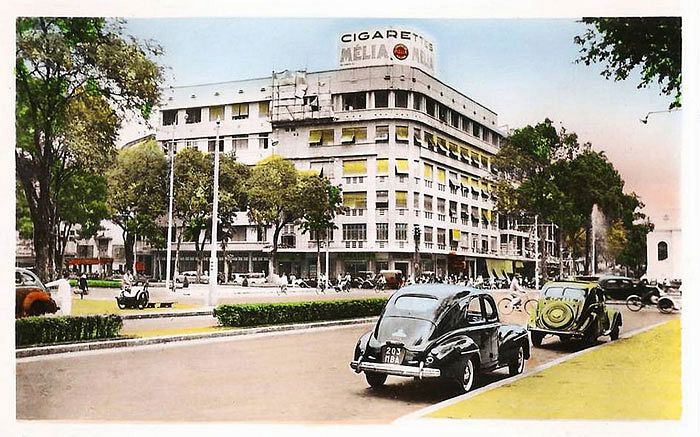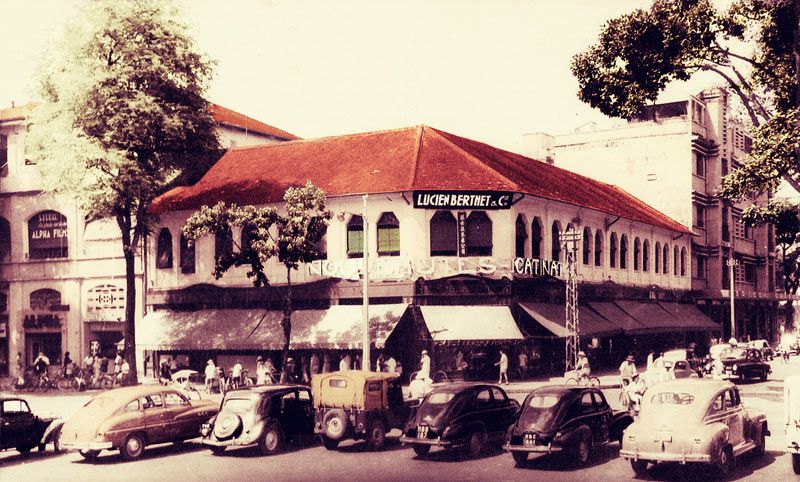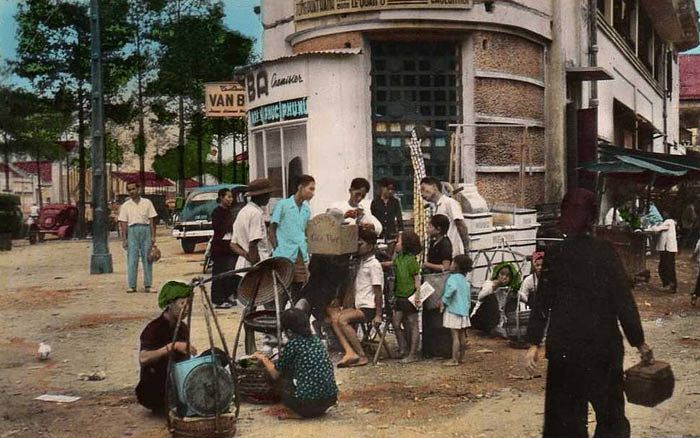Like a page straight out of Bizzaro World, fast food franchises have a heightened social status here in Vietnam.
When McDonald’s swung open its doors this past February, over 400,000 customers were served within the first month and that was only at one location. Other well-known chains like Domino’s, Popeyes, Baskin Robbins and Starbucks keep popping up around town, dueling it out in a Western-style showdown against Pizza Hut, KFC, and other foreign franchises that have been here for years.
If we run with that idea of fast food chains serving as status symbols, then Phan Xich Long street would most definitely be the Fifth Avenue of Saigon. Within a half-mile stretch, Phan Xich Long is home to Popeyes, Pizza Hut, Texas (Church’s) Chicken, Dunkin’ Donuts, Baskin Robbins and Lotteria. In fact, outside of District 1, Phan Xich Long is the only place that can boast of a Starbucks location (not that it’s worth boasting about, mind you.)
Phan Xich Long was a servant boy with ambitions to become a king. Born in 1893, Phan Xich Long spent the early part of his childhood working as a servant for a French family. In his youth, he traveled extensively throughout Vietnam, Cambodia, and Thailand, training as a mystic and earning a living as a fortune-teller.
In 1911, Phan Xich Long had enough followers to form his very own secret society. He claimed to be a descendant of Ham Nghi, the boy emperor who had been king of Vietnam for one year in 1884, but was forced into exile by the French. In addition to being a sorcerer and having a royal blood lineage, Phan Xich Long also proclaimed to be the living reincarnation of Buddha. With this trifecta of credentials on his C.V., Phan Xich Long would embark on his life long dream: to become the king of Vietnam. But first, he had to force the French to bid adieu.
Around 1913, Phan Xich Long organized several grassroots campaigns to garner local peasant support for his cause. The living conditions for most peasants were quite horrendous and he used this as a rallying cry to aggregate anti-French sentiment. Phan Xich Long’s followers believed that their numbers, coupled with their leader’s supernatural powers, would give them the upper hand in the fight against the French.
On March 28, 1913, dressed in all white and armed with only sticks and spears, hundreds of Phan Xich Long’s supporters descended upon Saigon with the intent of taking control of the city. Oh yeah—they had also ingested some magical potion that was supposed to make them invisible and therefore, victorious, but unfortunately, the French saw right through them.

Phan Xich Long was arrested and had initially been sentenced to exile in French Guiana, but outbreak of World War I forced the French to keep him in prison in Saigon. In 1916, hundreds of Phan Xich Long’s supporters attempted to break him out of jail, but once again, their efforts were easily thwarted by the French. By this time, the powers at be were fed up with Phan Xich Long and his band of misfits, so they decided to execute the Sorcerer-Buddha-King on February 22, 1916. Phan Xich Long departed from this world at the age of 23.
Instead of becoming king, Phan Xich Long is now home to Burger King. That's probably not the type of royalty he had in mind, but his status in Vietnamese history remains unchallenged. He was a precursor to the Viet Minh and their objectives in gathering peasant support for their anti-French movement. And word on the street is-- if you eat at any of the fast food places on Phan Xich Long, you'll become more visible, not only in social status, but also in physical status.

About the writer
California is where he’s from, Saigon is where he’s at and this column is where he could be found. If you’re looking for a freelance writer specializing in Vietnam, please contact Vinh at vinh@berkeley.edu.















